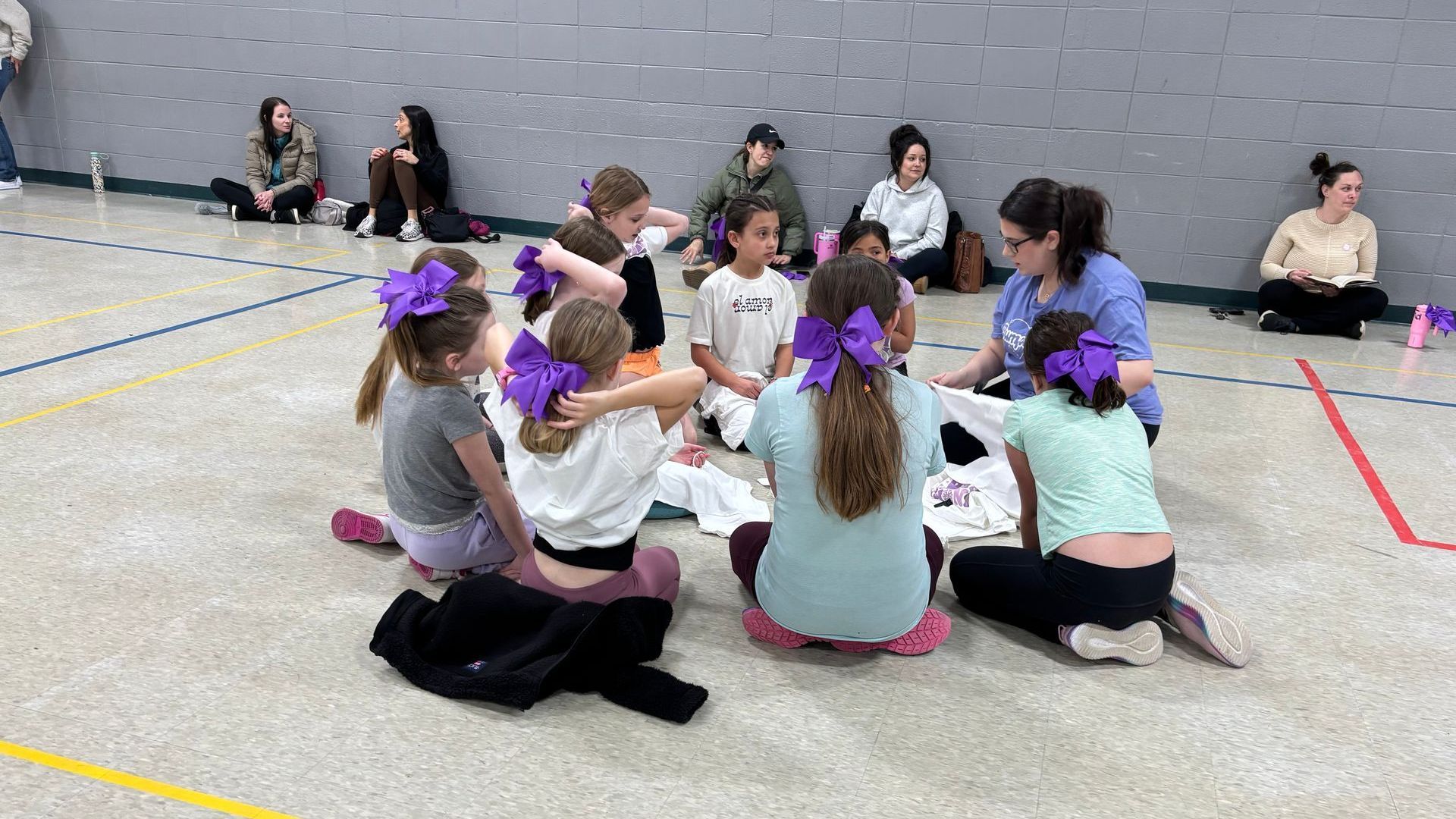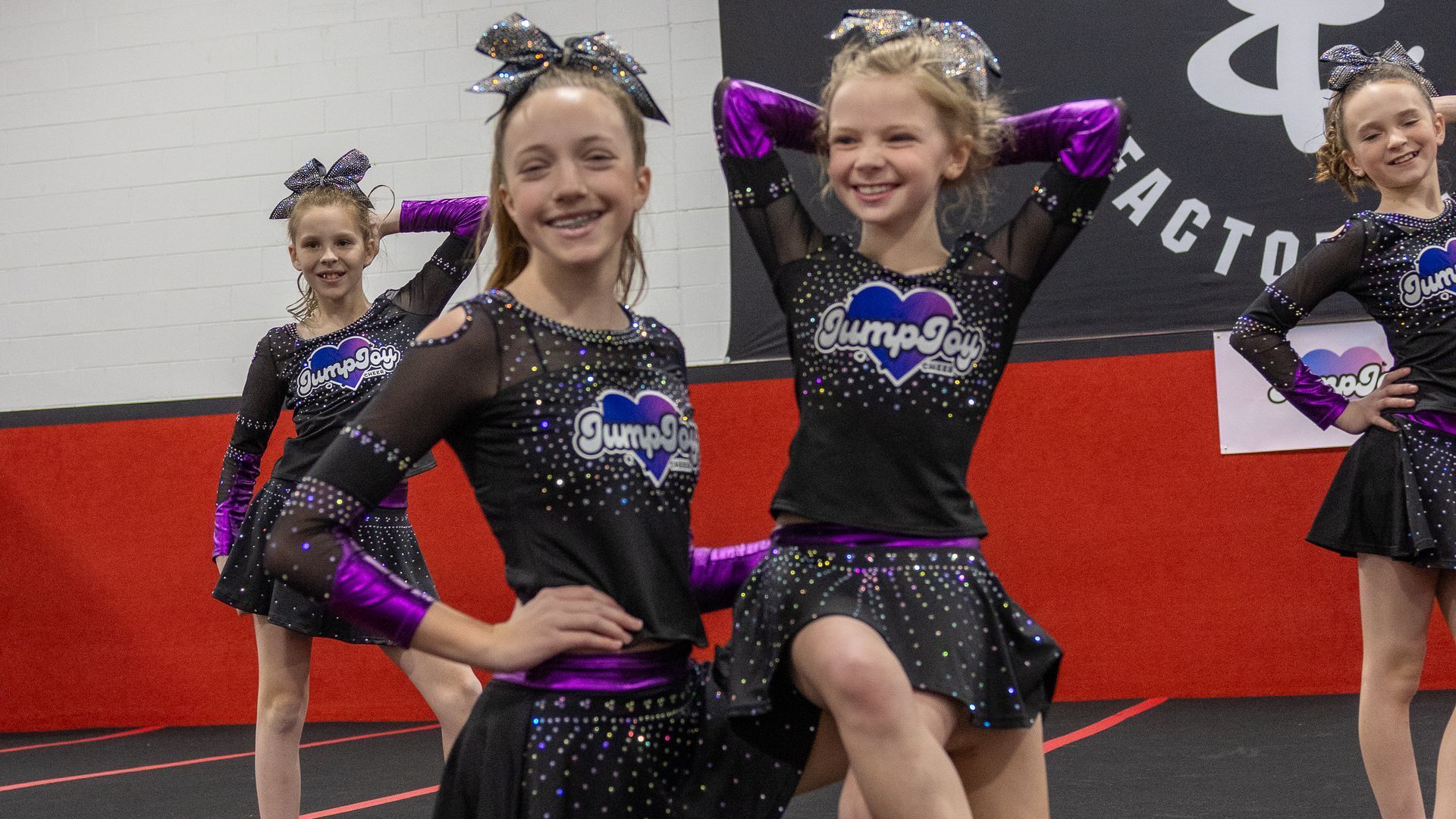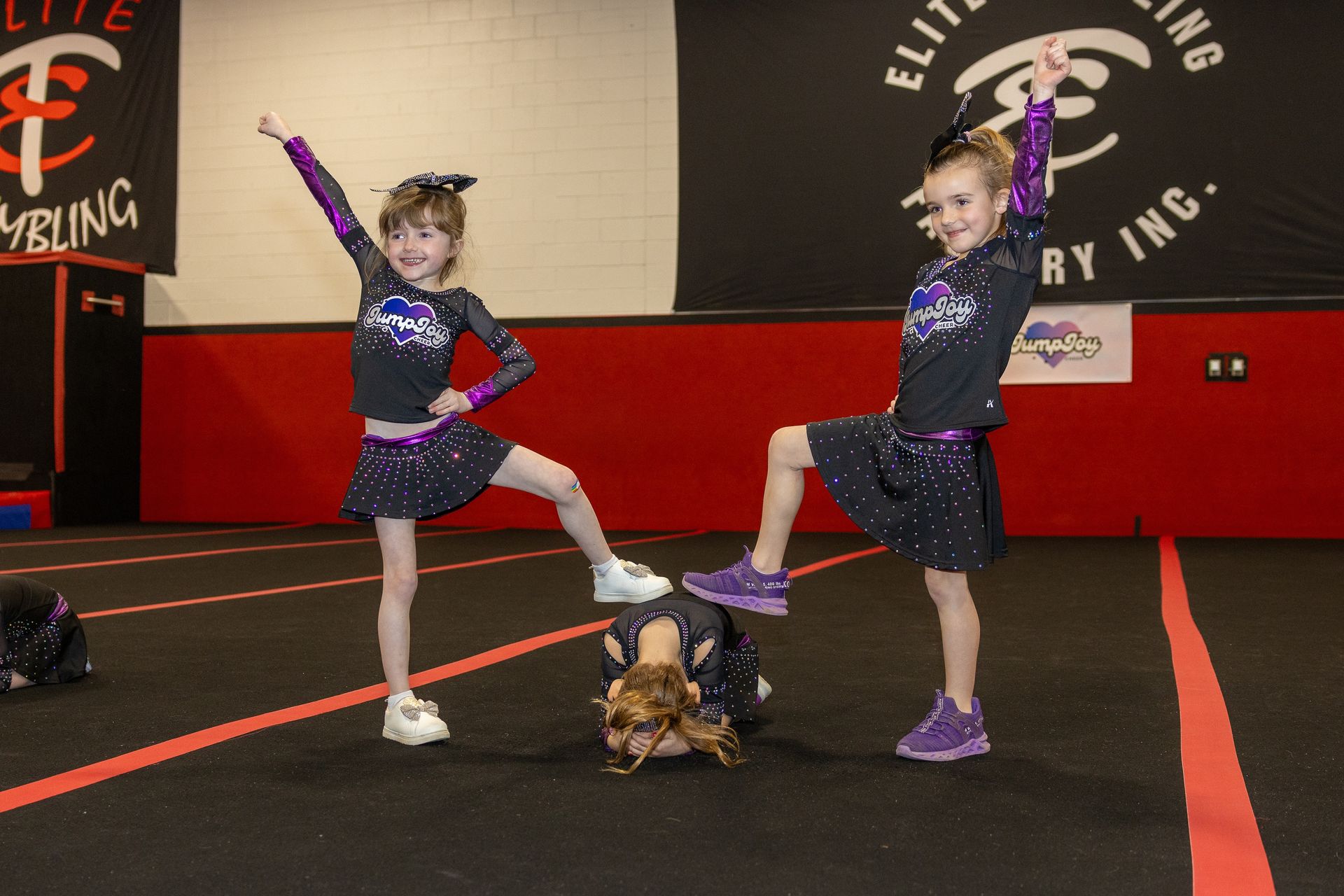How Parents Can Support Their Children in Cheer for Beginners
Cheer for Beginners

Understanding the Basics of Cheerleading
Cheerleading is a sport that combines elements of dance, gymnastics, and stunts. It is important for parents to understand the basics of cheerleading to support their children effectively in this activity. Here are some key points to grasp: Cheerleading involves synchronized routines, cheers, jumps, and tumbling. Stunting is a common aspect where individuals lift or toss teammates into the air. Safety is a top priority in cheerleading, with proper training and supervision essential to prevent injuries. Understanding these fundamental aspects of cheerleading can help parents better encourage and assist their children as they begin their cheerleading journey.
The Importance of Parental Support in Cheerleading
Parental support plays a crucial role in cheerleading for beginners. Your encouragement and involvement can greatly boost your child's confidence and motivation in this new and exciting activity. Being there to cheer them on and show your support helps create a positive and supportive environment for your child to thrive in. Your enthusiasm and involvement can inspire your child to work hard, stay dedicated, and enjoy the journey of learning and improving in cheerleading. So, remember that your support is key in helping your child develop their skills and passion for cheerleading.
Building a Supportive Environment at Home
Parents play a crucial role in creating a supportive environment for their children when they begin cheerleading. Here are some ways you can support your child at home:
- Encourage them to practice and cheer them on during their performances.
- Offer words of encouragement and positivity to boost their confidence.
- Provide emotional support and be a listening ear for any concerns they may have.
- Show interest in their progress and achievements in cheerleading.
- Help them balance their cheer commitments with schoolwork and other activities.
By creating a nurturing and supportive atmosphere at home, parents can help their children feel confident and motivated in their cheerleading pursuits.
Encouraging Physical Fitness and Skill Development
Encouraging your child to stay active and develop their skills through cheerleading can have many benefits. It promotes physical fitness, coordination, and teamwork. By supporting their interest in cheer, you are helping your child build confidence and discipline. Remember, the key is to cheer them on and provide a positive environment for growth and improvement.
Emphasizing Positivity and Good Sportsmanship
Teaching children positivity and good sportsmanship in cheerleading is crucial for their overall development. Encouraging them to support their teammates, show respect to competitors, and handle both success and failure with grace fosters a strong sense of teamwork and resilience. Remember, positivity breeds positivity, and being a good sport sets a great example for others to follow.
Attending Practices and Competitions
Attending practices and competitions is crucial for showing support and encouragement to your child in cheerleading. It allows you to witness their progress firsthand and boost their confidence. By being present at practices, you can see the effort they put into learning new routines and skills. Attending competitions lets your child know you are there cheering them on, which can motivate them to perform their best. Your presence can make a significant impact on your child's cheerleading journey.
Providing Emotional Support and Encouragement
To support your child in cheerleading, remember that emotional support and encouragement are crucial. Be there for them, listen to their thoughts, and offer words of encouragement to boost their confidence. Show them that you believe in their abilities and are proud of their efforts. Cheer them on during practices and performances, and celebrate their achievements no matter how big or small. Your positive attitude and support will help them feel more confident and motivated to continue pursuing their cheerleading goals.
Communicating with Coaches and Instructors
When it comes to supporting your child in cheer, effective communication with coaches and instructors plays a vital role. Here are some tips to help you navigate these conversations:
- Be proactive: Initiate communication with coaches and instructors to stay informed about your child's progress and any concerns.
- Ask questions: Inquire about the cheer program, your child's participation, and how you can best support them.
- Listen actively: Pay attention to feedback and suggestions from coaches and instructors to help your child improve.
- Provide feedback: Share any relevant information about your child's health, preferences, or challenges that can assist in their cheer development.
- Show support: Encourage a positive relationship with coaches and instructors to create a supportive environment for your child's cheer journey.
Being Involved in Cheerleading Activities
Getting involved in cheerleading activities can be a fun and rewarding experience for both parents and children. By actively participating in your child's cheer journey, you can offer essential support, encouragement, and motivation. Here are a few ways you can be involved in cheerleading activities:
- Attend their practices and competitions to show your support.
- Help them practice at home and provide constructive feedback.
- Assist with organizing cheer events or fundraisers.
- Communicate with their coach to stay informed about their progress and any upcoming events.
By being actively involved, you can strengthen your bond with your child and help them thrive in their cheerleading endeavors.
Celebrating Achievements and Progress
It's important to celebrate your child's achievements and progress, no matter how small. This helps boost their confidence and motivation in cheerleading. Recognizing and praising their efforts can go a long way in keeping them engaged and excited about their journey in cheer. Remember, your encouragement and positive reinforcement are key ingredients in their success.
Jump Joy Cheer Blog



